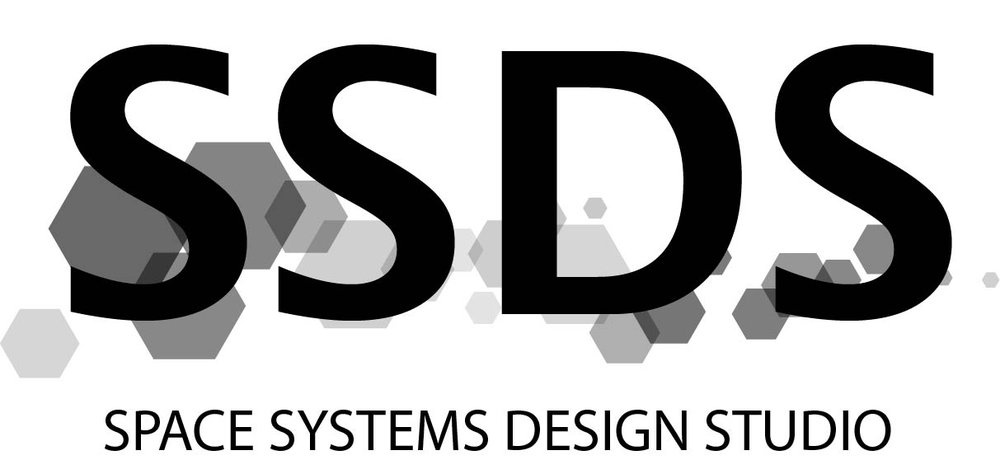Flux-Pinned Spacecraft
Many operations in space, such as docking and on-orbit assembly, require two or more bodies to be in close proximity. These bodies are generally not collocated and, as a result, experience different forces due to the environment; so, these kinds of tasks typically require an active control strategy to prevent collisions. Augmenting the dynamics of the system with a force that ties the movement of one part to another can passively stabilize the relative motion of the components and reduce the complexity of the control architecture. Flux pinning offers an interesting option for tying the dynamics of the parts together.
A permanent magnet levitating over a YBCO high-temperature superconductor.
Flux pinning describes the interaction between a high-temperature superconductor (HTSC) and a magnetic field. The magnetic field induces current vortices in the HTSC, which are sensitive to and resist the change in magnetic flux through the HTSC surface. This effect creates mechanical stiffness and damping that influence the motion of the magnetic field’s source in multiple degrees of freedom. In a multibody space system, HTSC/magnet pairs placed on individual vehicles tie the dynamics of each body to that of its neighbors, creating a non-contacting virtual structure.
The effective stiffness and damping of a flux-pinned connection increases approximately exponentially as the separation between components decreases, making it particularly well-suited to close-proximity operations. Environmental differences are also typically minimized with small separation distances, creating an effective range for relative motion stabilization. Our research focuses on creating an accurate model for macroscopic flux-pinning behaviors and using that description to design and analyze new spacecraft architectures.

